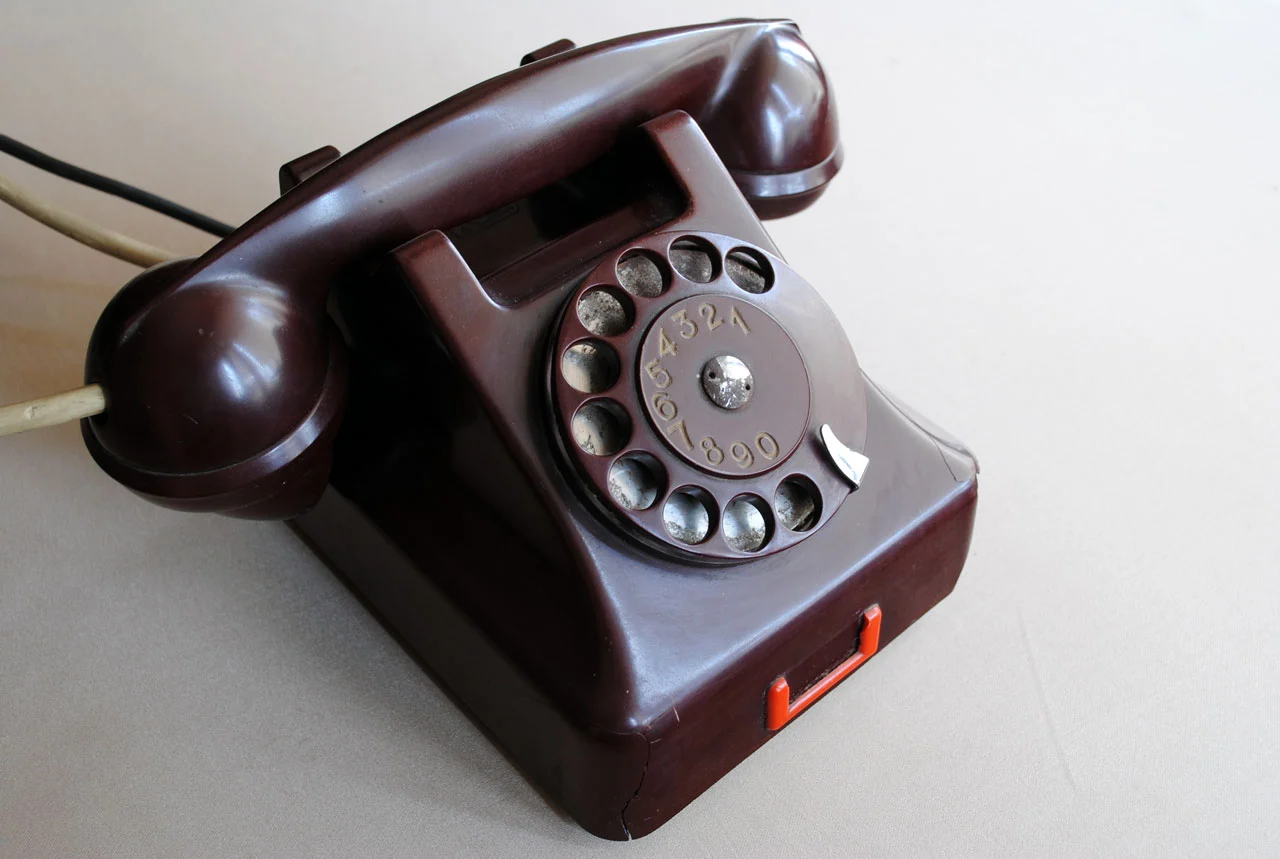

Nintendo has free replacement for bad Joycons for life. It’s not some planned obsolescence conspiracy.


Nintendo has free replacement for bad Joycons for life. It’s not some planned obsolescence conspiracy.


Side note: Any decent kid tracker thingies that respect privacy?
Apple Watch works well as a kid tracker if they’re old enough to wear it safely, and I think the privacy aspects are very good. It uses the FindMy network, and Apple can’t see the location. There’s a bunch of specifics here. Apple Watch used to require an iPhone, but Apple made it so you can add a kid’s watch to the family so it uses a parent’s iPhone instead.


iCloud Private Relay and similar relay services should also protect against IP tracking.


The original paper about microplastics in the brain seems to have a serious methodological flaw that undermines the conclusion that our brains are swimming in microplastics.
“False positives of microplastics are common to almost all methods of detecting them,” Jones says. “This is quite a serious issue in microplastics work.”
Brain tissue contains a large amount of lipids, some of which have similar mass spectra as the plastic polyethylene, Wagner says. “Most of the presumed plastic they found is polyethylene, which to me really indicates that they didn’t really clean up their samples properly.” Jones says he shares these concerns.
This is from other microplastics researchers. See this article. So before we panic about this, let’s wait for some independent replication and more agreement in the scientific community.
Microplastics are a serious concern, and we need to deal with plastic pollution. Let’s just stick to high quality science while we do that.
I haven’t seen any evidence that this is solvable. You can feed in more training data, but that doesn’t mean generative AI technology is capable of using that in the way you describe.


Passkeys are a replacement for passwords. Passwords don’t solve the problem of a lost password, and passkeys don’t solve the problem of a lost passkey. How a site deals with lost credentials is up to them. It doesn’t need to be password + 2FA.


This article is 10 years old.


The 1:1 matching and the porn detection were separate capabilities.
Porn detection is called Communication Safety, and it only warms the user. If it’s set up in Screen Time as a child’s device, someone has to enter the parent’s Screen Time passcode to bypass the warning. That’s it. It’s entirely local to the device. The parent isn’t notified or shown the image, and Apple doesn’t get the image. It’s using an ML model, so it can have false positives.
CSAM detection was exact 1:1 matching using a privacy-preserving hashing system. It prevented users uploading known CSAM to iCloud, and that’s it. Apple couldn’t tell if there was a match or find out the hashes of images being evaluated.
Many people misunderstood and conflated the two capabilities, and often claimed without evidence that they did things that they were designed never to do. Apple abandoned the CSAM detection capability.


I’m wondering why clergy were consulted. I can’t imagine a worse place to go for insight into the ethics of human sexuality. Was it a Catholic hospital?


Let’s require the 10 commandments be posted on every sensible gun regulation bill so they’ll get bipartisan support.
This is too techno-utopian. There’s also a place for governments. Comprehensive privacy legislation would also change the world for the better. Ignoring that is exactly what the largest invaders of privacy want.


Do you have any other resource hogs running in the background? Perhaps a poorly-coded VoIP or VPN extension could do that.
If you have access to a Mac you can use Console.app to see what log events there are about Voyager when you switch away. That would explain why it’s being killed.


There’s a difference between iOS killing the app and suspending it. When suspended an app remains in memory and the OS doesn’t give it any opportunities to run any code. When the user switches back the app resumes without any change in its state.


iOS is probably killing the Voyager app when it’s in the background because whatever you’re switching to is using a lot of memory.


On the phone you used to take the photo, turn on the personal hotspot.


So even with BFU, does the iPhone not connect to the internet? I guess i hadn’t noticed it doesn’t.
Well, it’s complicated. Most of these topics are. In BFU state, an iPhone (or iPad with cellular) with an active SIM and active data plan will connect to the Internet. It won’t connect to Wi-Fi at all. If you have USB restricted mode disabled and the right accessory connected it will connect to an Ethernet network, but that may fail if the network requires 802.1x and the credential is not available in BFU state. Similarly if USB restricted mode is disabled you can use tethering to a Mac to share its network.
For location, there’s two mechanisms. One mechanism relies on directly communicating with the device, which only works if the device has network.
The other mechanism is the “FindMy network” which uses a Bluetooth low energy (BTLE) beacon to let other nearby devices detect it, and they report that to FindMy. It’s a great technology. The way it uses rotating IDs preserves your privacy while still letting you locate your devices. I know that this works when a device is powered off but the battery is not completely dead. I’m not sure if it works in BFU state… my guess it that it does work. But this is not networking. It’s just a tiny Bluetooth signal broadcasting a rotating ID, so it’s one-way communication.
Other than that, I’m not as sure how things work. I believe Bluetooth is disabled by default in BFU state, but I suspect users can choose to re-enable Bluetooth in BFU state to connect to accessibility accessories. I’m not sure about the new emergency satellite communication.
But one thing I know for sure is that Apple has world class security engineers, and one area they work hard to secure is devices in BFU state.


On iPhones and iPads there are several technologies available for monitoring and filtering network traffic. Filter network traffic from the Apple Deployment Guide has an overview of the technologies and their trade-offs.


I’m glad you find this informative. It’s a topic that’s important to me both personally and professionally, and there’s a lot of wrong information out there. But the best and most reliable info is in the Apple Platform Security Guide, such as Activating data connections securely and Direct memory access protections for Mac computers.
In this topic I don’t think there’s any important difference between USB-C and lightning. Both form factors support a bunch of USB protocols as well as some Apple-only protocols, and both have USB restricted mode.
What the Time Cube is this nonsense?